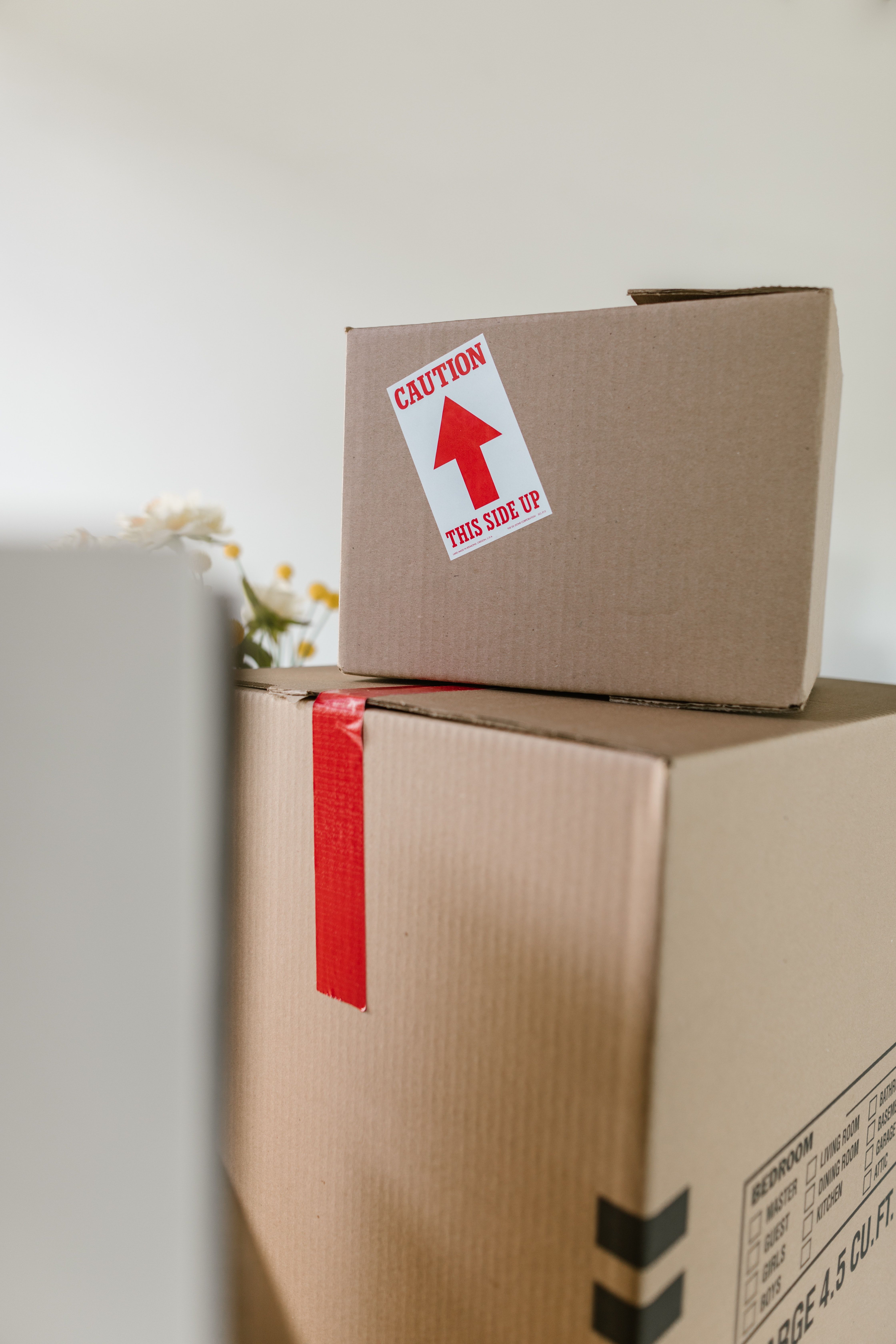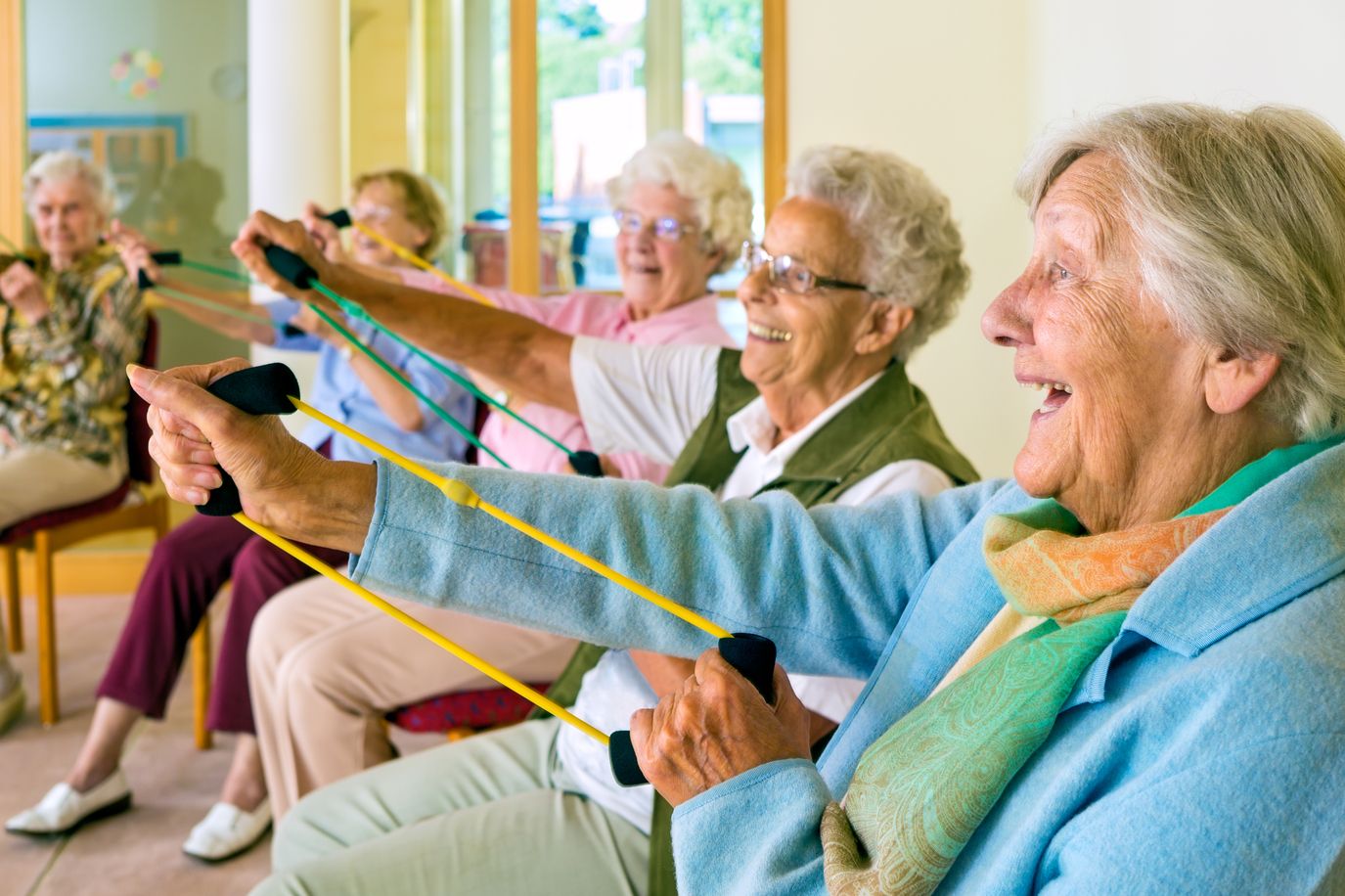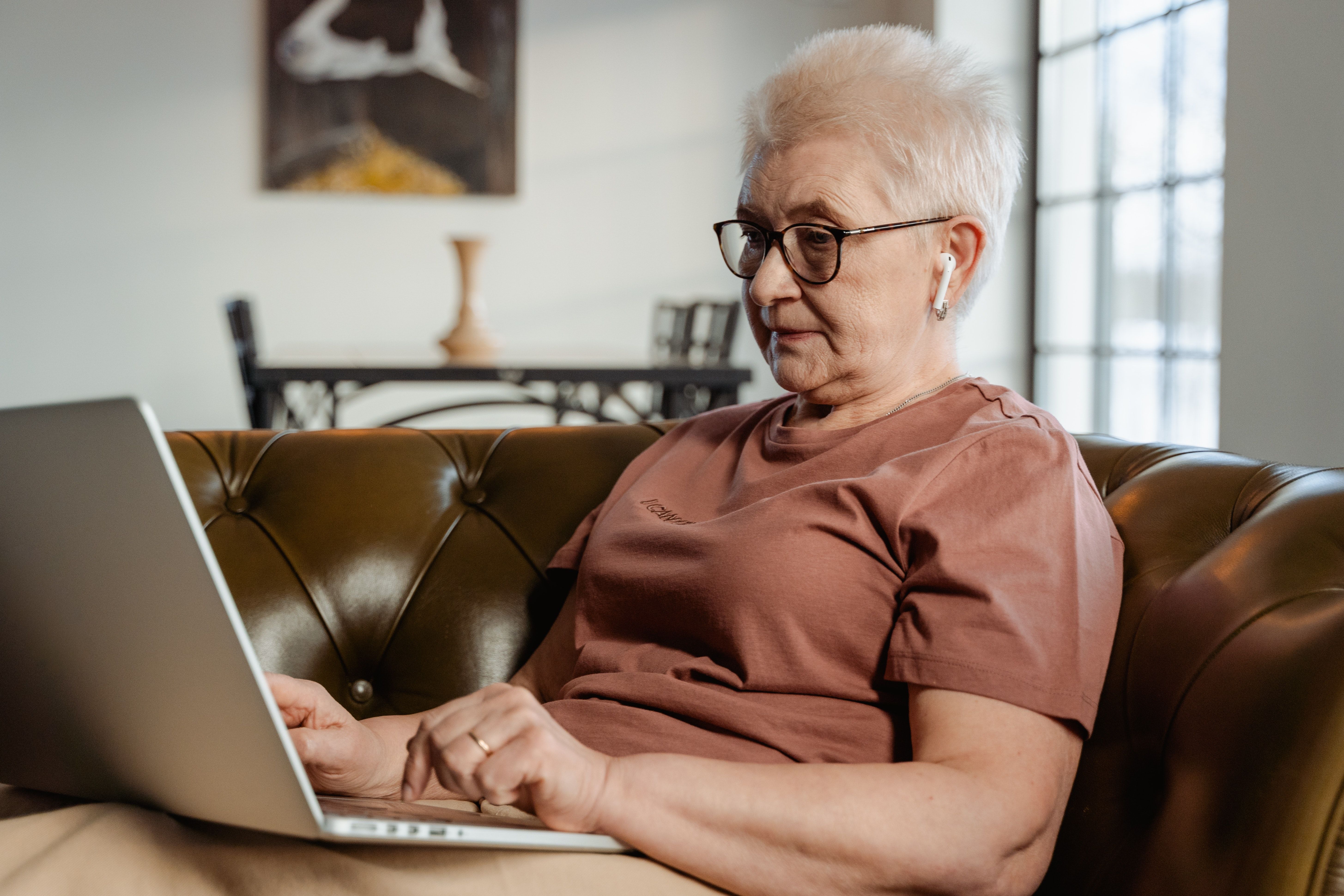
Independent Living | What to Look out for when You Visit
When you’re in the process of choosing a care home, ask for the following:
- The facility or company brochure (many places have a digital version available on their website)
- A copy of a resident or tenant contract, including a cost breakdown as well as the terms and conditions
- Details on the facility’s waiting list procedure and, if they already have an active list, how long the wait is
If those preliminary steps yield positive results, the next step is scheduling an in-person or virtual visit to the retirement community. Ideally, seniors should visit the facility with a family member or a close friend.
When visiting a retirement home in-person or virtually, keep the following questions in mind:

Independent Living | Moving In
Once you’ve decided on an independent living community and are ready to take the plunge, the final stage of the transition process is moving in.
This part of the independent living journey can be nerve-wracking for seniors and their family and friends. It’s vital that, once you’ve chosen the facility and accommodations that best meet your needs, you communicate clearly and frequently with your loved ones and the facility’s management group.
During the packing process, use this checklist as a guide to ensure you’ve got all the essentials covered:
- Clothing: Pack enough for two weeks that will last in between laundry days. These include clothes for day-to-day living, social and fitness activities, and other specialized events. Make sure you have a balance of comfortable tops, comfortable bottoms, coats for both mild and cold days, pajamas or nightgowns, slippers, indoor shoes, outdoor shoes, robes, underwear, socks and/or tights, activewear, hats, scarves, and gloves.
- Personal hygiene: Take all the products that will make you feel more at home in your new space. These can include prescription medicine, supplements, soap, shampoo and conditioner, makeup, perfume or cologne, toothbrush, toothpaste, deodorant, body lotion, moisturizer, shaving products, a hairbrush, hair gel, and any additional hair accessories.
- Bedding: Bringing your own bedding can make you feel more at ease, especially if you have a specific personal preference. For example, you may want to bring your own blanket, comforter, throw, pillow, and pillowcase for added comfort.
- Electronics: This includes all your essentials like a smartphone, tablet, computer, TV and remote, camera, headphones, and the chargers and cords for all the items.
- Bedroom furniture: The care home may provide these items. However, you can double-check with management to see if you can bring your own desk, drawers, nightstand, bookshelf, or lamp.
- Personal items: These can help ease this important transition and include framed photos, photo albums, books, movies, puzzles, games, craft materials, and decorative items.
Labeling all items not provided by the retirement home is highly recommended, just in case they get lost, mixed up with communal items, or if you have cognitive limitations.
If you’re unsure what to pack, ask the retirement community’s management team to provide a list of what they supply to residents.

What is Independent Living
Independent living refers to unique lifestyle opportunities for healthy, active seniors. These communities are ideal for seniors who don’t require daily assistance for activities like grooming, eating, and other forms of personal care.
Independent living communities can also be referred to as retirement communities, retirement homes, care homes, senior apartments or senior housing, adult lifestyle communities, active adult communities, or 55+ communities.
Independent living opportunities for seniors can encompass a broad range of options, from an apartment or condo building with specific age restrictions to more upscale accommodations with on-site dining and recreation services. Independent living communities typically offer occupants optional cleaning, meal, and other housekeeping services as needed.

The Cost of Independent Living
The cost of independent living communities will differ significantly based on the services offered, the location of the accommodations and nearby amenities, and much more. Seniors opting for independent living can expect the monthly costs to range from $1,200 to $4,000. Facilities that are independently owned or run by small businesses tend to cost less.
Independent living in Canada is less expensive than assisted living, which is ideal for seniors who need assistance with daily tasks. According to the Financial Post, the latter can cost anywhere between $3,000 to $7,000 per month based on the care services included. Prices will also vary depending on the province, city, or town.

